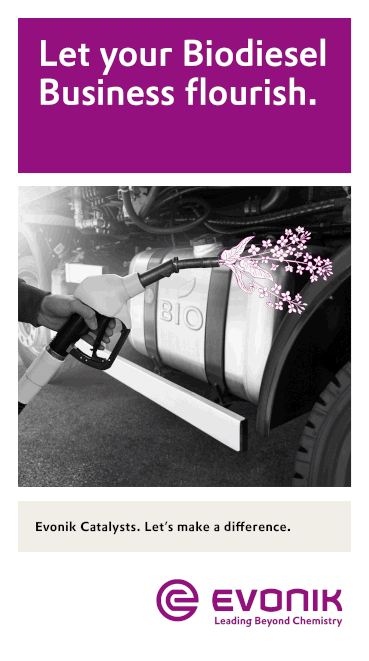49% of all US diesel commercial trucks use newest generation of advanced technology
- The Diesel Technology Forum
- Jun 4, 2021
- 3 min read

Despite a global pandemic, investment in new advanced technology diesel commercial trucks in the U.S. grew by more than 6 percent between July 2019 and December 2020, and now represents nearly half—49 percent—of all diesel commercial vehicles on the road, according to new research released June 2 from the Diesel Technology Forum. Twenty-three states exceed the national average, with Indiana being the top state with 67 percent of all commercial diesel vehicles being model year 2011 and newer. Since progressively cleaner diesel trucks were introduced in 2007 and 2011, significant clean air and greenhouse gas benefits have been realized: cumulatively over 230 million fewer metric tons of emissions created, with even greater environmental gains projected through 2030.

“Results from the newest technology diesel vehicles are growing in the form of cleaner air and fewer greenhouse gases in communities all around the country,” said Allen Schaeffer, executive director of the Diesel Technology Forum, a not-for profit association that represents leaders in diesel engines, equipment and fuels. “Since 2007, the newest-generation diesel trucks on U.S. roads have eliminated 202 million tons of carbon dioxide (CO2), 27 million tons of nitrogen oxides (NOx) and 1.6 million tons of particulate matter (PM), while saving almost 20 billion gallons of diesel and 296 million barrels of crude oil. Put into context, the emissions and fuel savings attributable to new-generation diesel engines in commercial trucks is equivalent to converting 43 million cars to all-electric, or creating a 210,000-acre windfarm roughly five times the size of the District of Columbia.”

According to Schaeffer, while the promise of zero-emission commercial vehicles is growing, it may be many years, if not a decade or more, before these solutions enter the fleet in significant numbers. “In the meantime, continued progress on improving air quality and lowering greenhouse gas emissions is essential and, as this new research bears out, is being delivered primarily by investments in the new-generation diesels.”
In research commissioned for the Diesel Technology Forum, AutoForecast Solutions found that growing numbers of more efficient diesel trucks on the road will eliminate 1.3 billion tons of C02 between 2020 and 2030.
“According to 2019-’20 vehicles in operation data from IHS Markit, a total of 15 states’ commercial diesel truck (Class 3-8) populations are now at or above the 49 percent national average, with Indiana (67 percent), Utah (60 percent) and Pennsylvania (59 percent) being the highest-ranking states for adoption of new technology diesel commercial trucks,” Schaeffer said. “Twenty-three states are seeing growth of their clean-diesel fleets occur faster than the national average (6.3 percent).”
Schaeffer added that the use of biobased diesel fuels such as biodiesel and renewable diesel fuel can greatly reduce greenhouse gas emissions today, as is proven in California where biodiesel and renewable diesel fuel used in diesel vehicles reduced more than three times the greenhouse gas emissions as did electric vehicles.
“Research further shows that in 11 Northeast states, a switch to using biodiesel or renewable diesel fuels would reduce between three to 17 times more greenhouse gas emissions than the planned introduction and uptake of zero-emissions trucks from 2020-2030,” he said. “The greatest benefits are occurring from the use of biobased diesel fuels in heavy-duty Class 8 diesel vehicles, which represent 60 percent of all emissions generated by the full fleet of commercial vehicles. Experts agree, America’s truckers and fleet operators continue to depend on diesel technology, and will for years to come. Diesel’s dominance as the technology of choice for commercial vehicles reflects a constellation of factors including the technology’s proven record of continuous improvement, energy-efficient performance, near-zero emissions, reliability, durability, low-cost acquisition and operation, high-value resale, and maximum flexibility in utilization, routing and petroleum and renewable fueling that only diesel provides.”
Beginning in 2011, all new heavy-duty trucks have been equipped with selective catalytic reduction (SCR) systems that utilize diesel exhaust fluid. Coupled with particulate control technologies developed to achieve the 2007 tailpipe standard, these combine to achieve NOx emissions of no more than 0.20 grams per brake horsepower hour (g/BHP-hr) and PM emissions levels of no more than 0.01 g/BHP-hr.
Even more stringent emissions standards are in development, subject to ongoing discussions led by the U.S. EPA.
A full state-by-state breakdown is available on the Diesel Technology Forum’s website at https://www.dieselforum.org/in-your-state.

































